#cucuteni culture
Text
i rlly love how since forever ppl just decided to decorate stuff(as much as im into minimalism) like at some point they made plates too and said "hey y'all know what this needs ?ANIMALS AND SPIRALS" then they did it



you cant tell me these dont go hard
#cucuteni culture#romanisme#i love cucuteni sm#my passion is buying replicas of the cucuteni stuff i have two vases a statuette and a plate already#history
31 notes
·
View notes
Text

“Cucuteni Trypillian Goddess"
article source
Cucuteni-Trypillian:
The Cucuteni-Trypillian culture, also known as Cucuteni culture (Romania) or Trypillian culture (Ukraine), is a Neolithic archaeological culture which existed from approximately 4800 to 3000 BC, from the Carpathian Mountains to Moldova and Ukraine, encompassing an area of more than 35.000 square km.
#neolithic europe#eastern europe#cucuteni trypillian goddess#statuary#ukraine#romania#Cucuteni-Trypillian culture#Cucuteni culture#Trypillian culture
128 notes
·
View notes
Text

One of the world's oldest surviving toys, dating back to the Cucuteni culture of modern Romania around 5000 BC.
📍: National Museum of Romania

One of the world's oldest surviving toys, dating back to the Chalcolithic Period around 5500-3000 BC, is exhibited at the Mardin Museum in modern Turkey.
📷: © Erkut Ozen, Kesfet TV
#world's oldest toys#toys#Cucuteni culture#Romania#National Museum of Romania#Chalcolithic Period#Turkey#Mardin Museum#museum#artifact
2 notes
·
View notes
Text
Time Travel Question 52: Medievalish and Earlier
These Questions are the result of suggestions a the previous iteration. This category may include suggestions made too late to fall into the correct earlier time grouping. In some cases a culture lasted a really long time and I grouped them by whether it was likely the later or earlier grouping made the most sense with the information I had.
Please add new suggestions below if you have them for future consideration. All cultures and time periods welcome.
We already did the burnings which lost their bracket, but the culture lasted a long time across a big area, and people keep suggesting it.
#Time Travel#Passenger Pigeons#Extinct Species#Birds#North American History#Natural History#Pleistocene#Aotearoa#Moa#Haast's Eagle#Indigenous History#Māori History#Māori Folklore#Māori#Silphium#Ancient World#Neolithic#Cucuteni–Trypillia Culture#Kazakhstan#Archaeology#Bronze Age#History of Disease#Fiber Art#neanderthal#homins#Early humans#History of Fashion
260 notes
·
View notes
Text
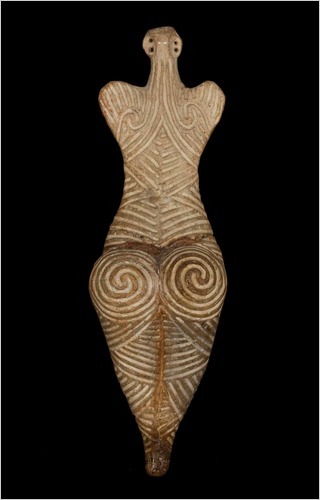
Goddess figurine (4050–3900 BC), Romania
#goddess#Romania#Cucuteni Trypillia culture#Cucuteni Trypillia#art#Miss Cromwell#Stone Age#neolithic#ancient history#figurine#matriarchy
278 notes
·
View notes
Text
My next post in support of Ukraine is:
Next site, is another article. I posted about the Trypillian sites in my thread before, but while looking for an idea for tonight's post, I saw this article.
So here's more info on the Cucuteni-Trypillian culture of Ukraine & Romania.
#StandWithUkraine
#СлаваУкраїні 🇺🇦🌻
6 notes
·
View notes
Photo
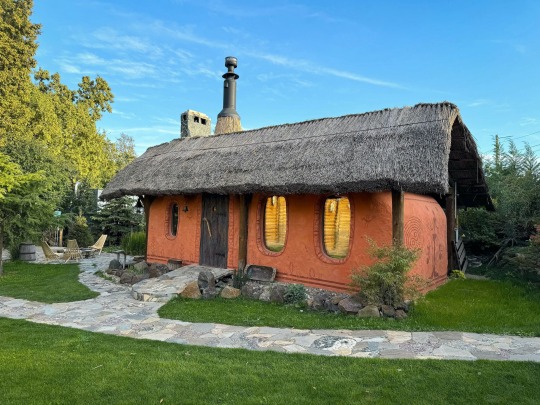
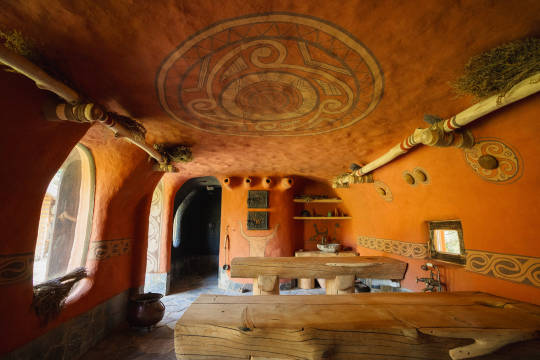
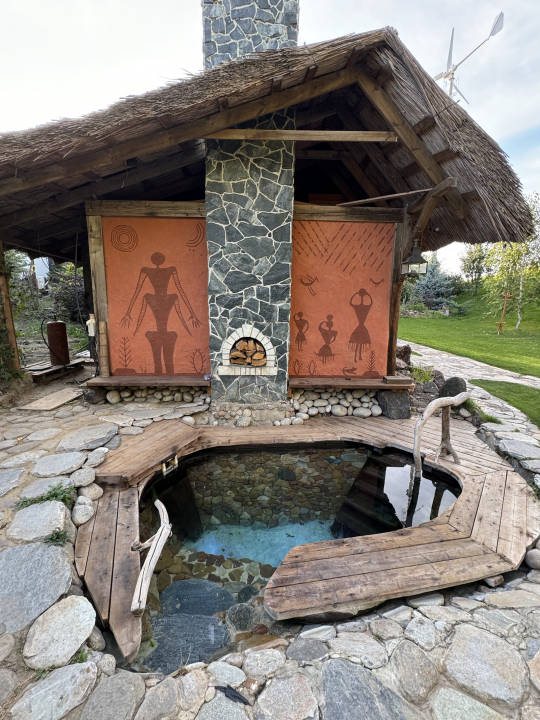
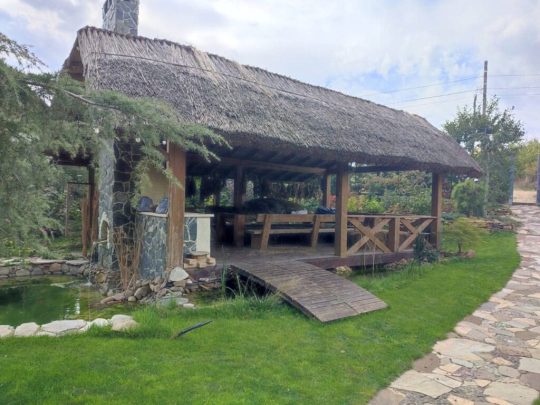
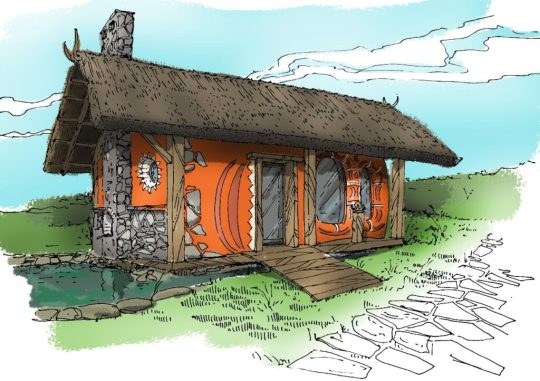
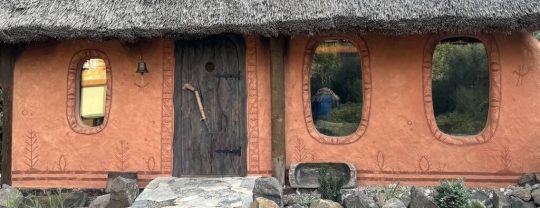



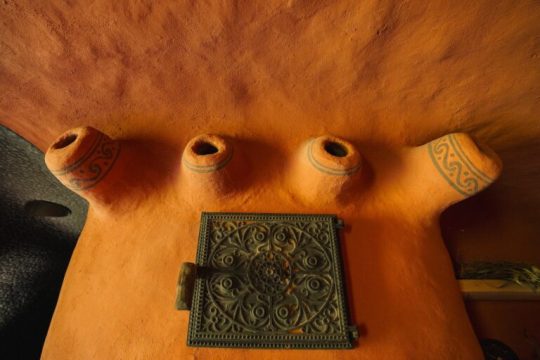
(via Trypollian Bathhouse - Dmitrii Voloshin's Blog)
#Trypollian Bathhouse#Dmitrii Voloshin#clay bath#Cucuteni-Trypollian culture#folkways#tradition#culture#ancient ways#Woloshin banya#Moldova#history#Ukraine#Sergey Burda artist#deities#ornaments#SymbolSpeak#cucuteni-trypillia culture#cult of fire#Cult of the Great Mother Goddess
5 notes
·
View notes
Text
2 notes
·
View notes
Text
the cucuteni-trypillia culture were the only people who really had it figured out
no social stratification or division of labor
spend all day doing farm shit or making sculptures of hot women
every 70 years burn your entire city to the ground and rebuild it all from scratch
#cucuteni-trypillian posting#neolithic posting#fuck the greeks and romans and what have you. the cucuteni-trypillia culture is the only ancient people i look up to
4 notes
·
View notes
Text
Second Poll.
Third Poll.
Fourth poll.
Fifth poll.
#Polls#History#Mysteries#I went with the Cucuteni-Trypillia because that's vexed me since I first heard about it#But Lioness on the Cheese Grater is a close second
14K notes
·
View notes
Text
Cucuteni–Trypillia culture
The Cucuteni–Trypillia culture, also known as the Cucuteni culture or the Trypillia culture, is a Neolithic–Chalcolithic archaeological culture (c. 5500 to 2750 BC) of Southeast Europe. It extended from the Carpathian Mountains to the Dniester and Dnieper regions, centered on modern-day Moldova and covering substantial parts of western Ukraine and northeastern Romania, encompassing an area of 350,000 km2 (140,000 sq mi), with a diameter of 500 km (300 mi; roughly from Kyiv in the northeast to Brașov in the southwest). Wikipedia
#phys.org#Ukraina#Moldova#Cucuteni–Trypillia culture#Trypillia culture#Trypillia settlements#Europe#Mega sites#Mega settlement#Vegetables#Agriculture#farmers#farming#Neolithic technology
0 notes
Text
ARCHAEOLOGISTS FROM THE BORSCHIVSKYY LOCAL HISTORY MUSEUM HAVE UNCOVERED A RITUAL HOARD IN VERTEBA CAVE IN THE TERNOPIL PROVINCE, UKRAINE.
The cave contains up to 8km’s of passageways which was used as a Sanctuary by the Cucuteni-Trypillia Culture.
The Cucuteni-Trypillia Culture emerged during the Neolithic–Chalcolithic (5500 to 2750 BC) in Eastern Europe, extending from the Carpathian Mountains to the Dniester and Dnieper regions, centred on modern-day Moldova, and covering substantial parts of western Ukraine and northeastern Romania.
A mysterious characteristic of the culture was the regular dismantling or burning of settlements, where each individual dwelling site had a lifespan of approximately 60 to 80 years.
Scholars debate the reason behind the burning of these settlements. Some settlements were reconstructed multiple times on pre-existing habitational levels, maintaining the form and direction of the prior structures.
Some of the settlements, such as Talianki, grew to be as large as the city-states of Sumer in the Fertile Crescent, and these Eastern European settlements predate the Sumerian cities by more than half of a millennium.
Little is known as the religious practices of the Cucuteni-Trypillia Culture, and examples of ceramics discovered are very rare. However, archaeologists excavating in Verteba Cave have uncovered a gigantic clay storage jar containing a white organic material (yet to be analysed).
Near the jar the team noticed a small niche in the cave wall, which upon a closer examination led to the discovery of a ritual hoard consisting of five female “goddess” clay figurines.
Many figurines have been found across Cucuteni-Trypillia sites, but the term “goddess” may not be entirely appropriate for every female anthropomorphic clay figurine. The archaeological evidence indicates that distinct figurines served various functions (such as protection) and therefore not all of them embody a goddess.
The researchers also found jewellery and tools (for pottery production) made of boar teeth, which is relatively unique as the culture’s rituals are normally focused more on domesticated animals like cattle, sheep, goats and dogs. When wild animals were represented, they are usually bears or deer.
Header Image Credit : Mykhailo Sokhatskyi
18 notes
·
View notes
Text
Concept: a Bad Boy romance novel set in the Romanian/Ukrainian steppeland around 2800 BCE, where the protagonist is a clay-working Earth-Mother-worshiping weaver/hoe farmer from the Cucuteni–Trypillia culture and the Exotic Bad Boy is an hyper-patriarchal, wolf-themed, Sky-Father-worshiping raider from the Yamnaya culture
The actual story is written like every trashy romance novel ever, but a third of the wordcount is in obsessively-detailed footnotes giving archaeological sources for the shape of pottery and the genetics of crops, and half the dialogue is untranslated reconstructed Proto-Indo-European
45 notes
·
View notes
Text
[citation needed]
Joan has taken to reading Wikipedia pages for unsolved historical mysteries when she's bored. One night she notices Sherlock has edited the page she's currently reading.
G, 1800 words.
Unsolved mysteries are their stock in trade. But they're all unsolved crimes, and every once in a while Joan finds herself wanting to sink her teeth into a mystery that doesn't involve some of the worst things people can do to one another. And so she peruses Wikipedia, scrolling through pages about the green children of Woolpit and the Cucuteni-Trypillia culture and the Hum.
Tonight, it’s because she can't sleep. Their latest case is tied up with as neat of a bow as a double murder can be, and Sherlock had turned in far earlier than she would've expected even when there wasn't anything on their plate. She'd cleaned up the kitchen, puttered around the rest of the house tidying up what had been neglected while they tracked down a murderer, and went to bed at a semi-reasonable time.
And laid awake for over an hour, regardless of how many sheep she counted. Sighing, Joan levers herself out of bed and pads downstairs, skipping the creaky stairs in an attempt to not wake Sherlock from the first full night's sleep (even for him) he's gotten in nearly a week. Grateful that they now have an electric kettle so she won't wake him with the whistle of the stovetop one, she fixes herself a cup of drowsy-time tea. Back upstairs in her room, she settles back against her pillows, tea in hand, and pulls up the Wikipedia page for the Plain of Jars in Laos on her phone.
Read the rest on AO3!
#elementary#cbs elementary#joan watson#sherlock holmes#qpp: you already know i favour you#otf: you already know i favour you#cath writes fic
9 notes
·
View notes
Text

Ceramic goddess figurine known as the Venus of Draguseni, dated ca 4050-3900 BC it’s 20 cm heigh and belongs to Cucuteni-Trypillian Culture. Found in the hills around Drăguşeni, northeast Romania.
Exhibited at Botosani County Museum, Romania
#ancent path#ancent world#guardians of the secrets#keepers of the old ways#ancent stones#venus#venus of draguseni
4 notes
·
View notes
Text
My next post in support of Ukraine is:
Next site, the Kyiv Regional Museum of Archaeology in Trypillia, Ukraine, about 25 miles from the city of Kyiv. The town sits on a site of the Cucuteni-Trypillian Culture, an ancient culture that lived in Ukraine, Moldova, & Romania from 5500 to 2750 BC.
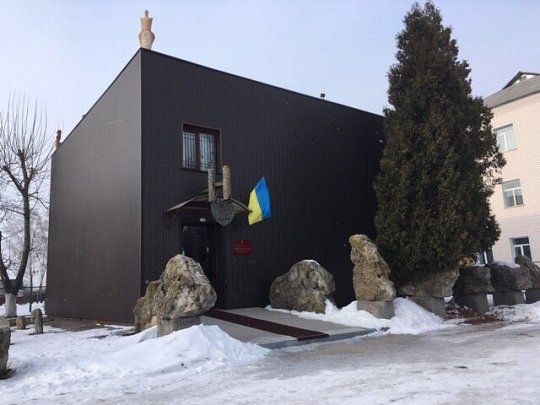


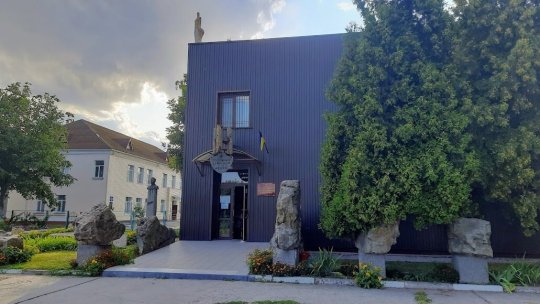
Here's more info on the Cucuteni-Trypillian Culture.
#StandWithUkraine
#СлаваУкраїні
#Героямслава 🇺🇦🌻
14 notes
·
View notes